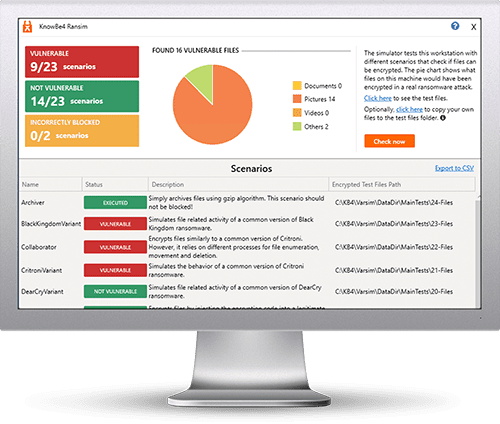Blog courtesy of KnowBe4
Written by Stu Sjouwerman

The world’s most dangerous, expensive, and impactful cyberattack can potentially be stopped with little more than a conscientious user who is paying attention.
It feels like every year I need to be saying “this year is the year of ransomware”. Every year the attacks become more frequent, the number of players increase, the ransom demands get larger, and the payouts reach new unprecedented levels.
Most cybersecurity strategies focus on layering in security solutions that prevent, detect, and respond to any kind of malware-based attacks – which includes ransomware. One aspect of the attack chain that can have a material impact on the effectiveness of your ransomware defence is the very prevalent human element. In most cases, phishing attacks are the primary initial attack vector, causing your users to stand squarely in between the ransomware attack and your organisation.
No single security solution can stop every attack, so it makes sense that because ransomware gangs – in part – require users to interact with malicious email content to enable an attack, educating those users via Security Awareness Training to spot an attack to stop it from ever continuing.
So, your ransomware defence strategy should start with Security Awareness Training because you have no guarantee that the next attack will be stopped by solutions. But a user can make the difference between a boring normal workday and one where your entire operations has come to a screeching halt.
Free Ransomware Simulator Tool
Threat actors are constantly coming out with new strains to evade detection. Is your network effective in blocking all of them when employees fall for social engineering attacks?
KnowBe4’s "RanSim" gives you a quick look at the effectiveness of your existing network protection. RanSim will simulate 22 ransomware infection scenarios and 1 cryptomining infection scenario and show you if a workstation is vulnerable.


